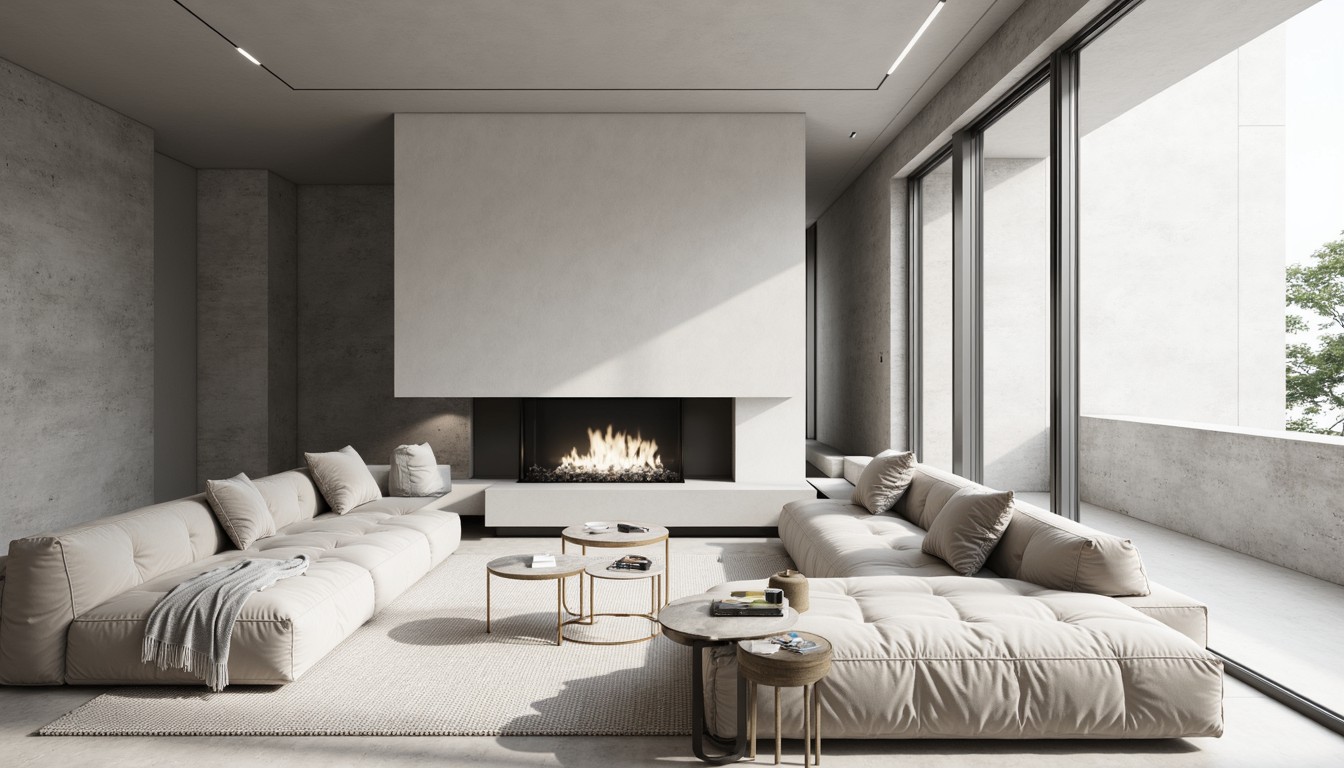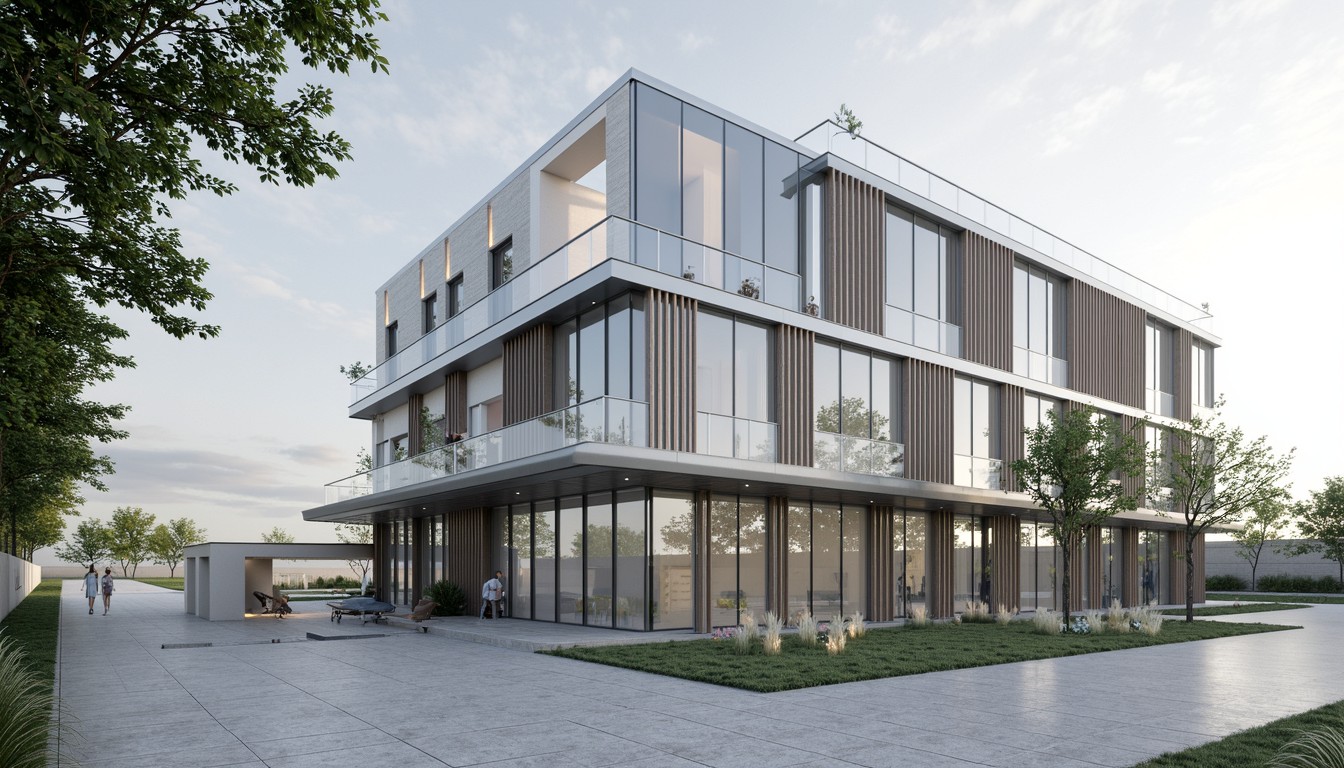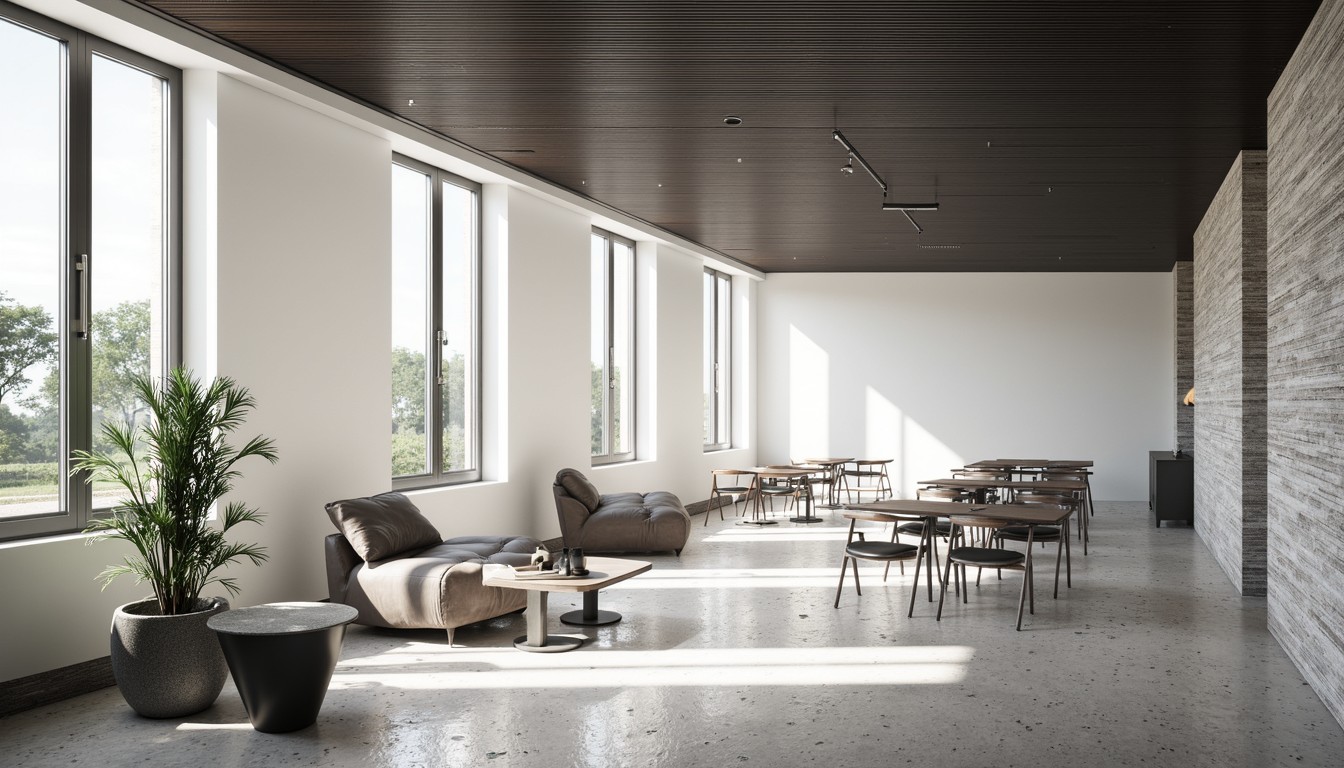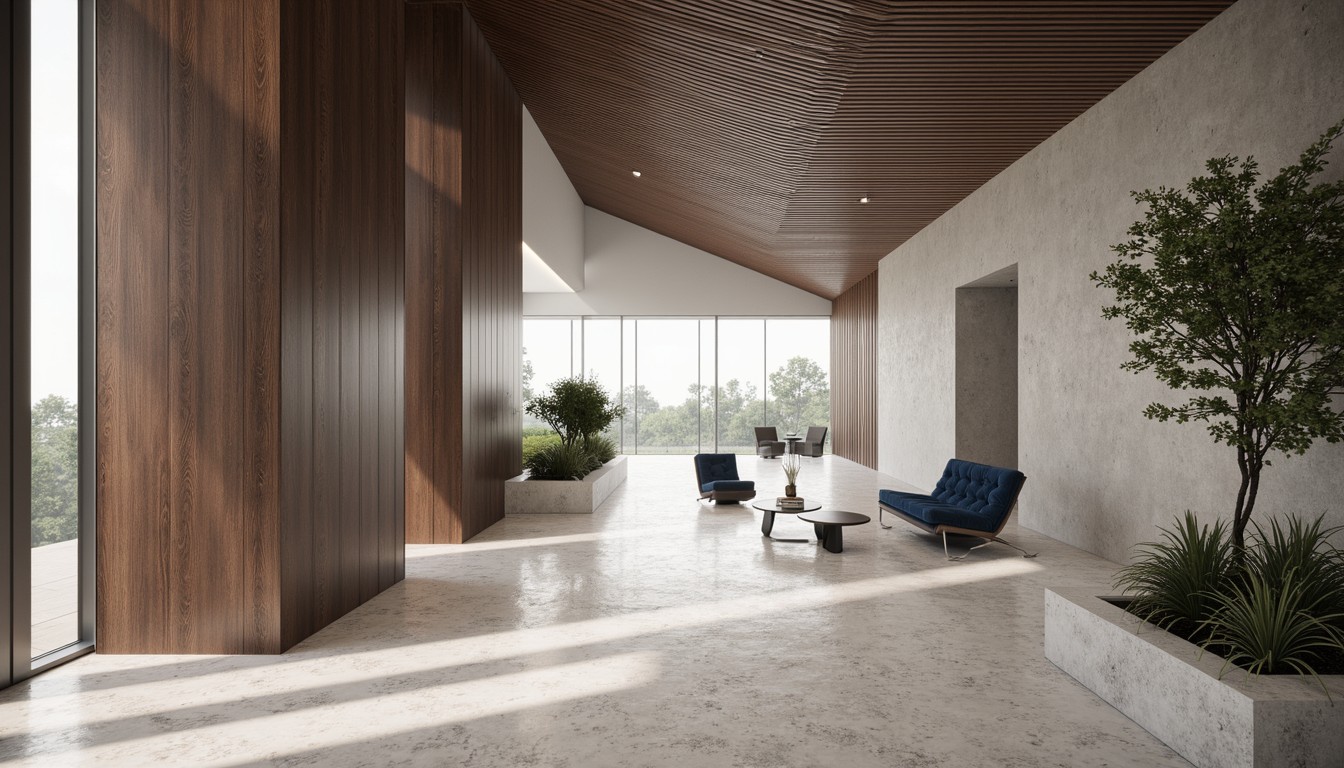Smart Building Technology: Revolutionizing Architecture
The architectural landscape is undergoing a dramatic transformation, driven by the rapid advancement of smart building technology. No longer are buildings simply static structures; they are becoming dynamic, interconnected ecosystems that respond to their occupants' needs and optimize resource utilization. This shift is not merely a technological upgrade; it's a fundamental reimagining of how we design, build, and experience the spaces around us. ArchNav, at the forefront of architectural visualization, plays a crucial role in showcasing the potential of these advancements.
The Core Components of Smart Buildings

Smart building technology encompasses a wide array of interconnected systems, working in harmony to enhance functionality and efficiency. Key components include:
- Building Management Systems (BMS): The central nervous system of a smart building, BMS integrates and monitors various subsystems like HVAC, lighting, security, and energy management.
- Internet of Things (IoT) Sensors: These sensors collect real-time data on occupancy, temperature, light levels, and energy consumption, providing valuable insights for optimization.
- Smart HVAC Systems: These systems adjust temperature and airflow based on occupancy and real-time data, reducing energy waste and improving occupant comfort.
- Smart Lighting Systems: These systems adjust lighting levels based on natural light availability and occupancy, optimizing energy efficiency and creating a more pleasant environment.
- Security Systems: Integrated security systems leverage technology like facial recognition, access control, and video surveillance to enhance safety and security.
- Energy Management Systems: These systems monitor and optimize energy consumption across the building, reducing operational costs and environmental impact.
Real-World Applications and Benefits

The integration of smart building technology yields numerous tangible benefits:
Enhanced Energy Efficiency and Sustainability
Smart buildings significantly reduce energy consumption through optimized HVAC, lighting, and other systems. This translates to lower operational costs, a smaller carbon footprint, and a more sustainable built environment. Data-driven insights allow for proactive maintenance and prevent costly energy waste.
Improved Occupant Comfort and Productivity
By adapting to individual preferences and real-time conditions, smart building systems create a more comfortable and productive environment for occupants. Personalized climate control, optimized lighting, and improved air quality contribute to enhanced well-being and increased efficiency.
Increased Operational Efficiency
Smart building technology streamlines building management, reducing operational costs and improving maintenance efficiency. Real-time monitoring and predictive maintenance capabilities minimize downtime and prevent costly repairs.
Enhanced Security and Safety
Integrated security systems provide enhanced protection against threats, improving safety and security for occupants and assets. Real-time monitoring and automated responses enable swift action in case of emergencies.
Data-Driven Insights for Better Decision-Making
The wealth of data collected by smart building systems provides valuable insights for informed decision-making. This data can be used to optimize building performance, improve occupant experience, and reduce operational costs.
ArchNav's Role in Visualizing Smart Buildings
At ArchNav, we understand the transformative potential of smart building technology. Our cutting-edge architectural visualization services allow architects and developers to effectively communicate the features and benefits of these innovative buildings. We create immersive 3D renderings, virtual tours, and interactive experiences that showcase the functionality and aesthetic appeal of smart building designs, helping clients visualize the future of their projects before construction even begins. Our expertise extends to showcasing the intricate interplay of various smart systems, highlighting their integration and impact on the overall building performance and occupant experience.
The Future of Smart Building Technology

The future of smart buildings holds even more exciting possibilities. The integration of artificial intelligence (AI) and machine learning (ML) will lead to even more sophisticated automation and optimization. Buildings will become increasingly responsive to their occupants' needs, predicting and adapting to their preferences proactively. This will lead to more sustainable, efficient, and user-friendly environments, shaping the future of urban living.
Conclusion
Smart building technology is revolutionizing architecture, pushing the boundaries of design and functionality. By integrating innovative systems and leveraging data-driven insights, we can create buildings that are not only aesthetically pleasing but also highly efficient, sustainable, and responsive to the needs of their occupants. ArchNav is committed to helping architects and developers navigate this exciting new landscape, providing state-of-the-art visualization services that bring the vision of smart buildings to life. Contact us today to discuss how we can help you showcase your smart building projects.
